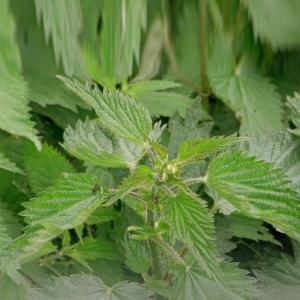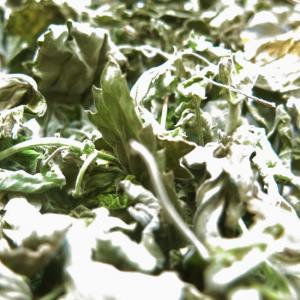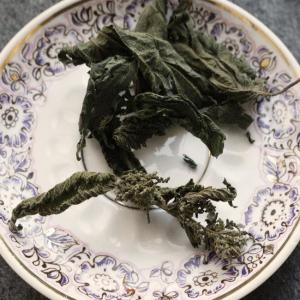
STINGING NETTLE PLANT (URTICA INCISA) - PLANTS

BASE / GENERAL DATA
Information submited: June 30, 2015 Modified: May 16, 2018 By: OperaDreamhouse
The Nettle family are also host plants for the Yellow Admiral caterpillars. There are many kinds of Nettles 30 - 45 species, although not every plant with "Nettle" in the name is from the Nettle family, Urtica.
Urtica Incisa, commonly called scrub Nettle, Stinging Nettle, and Tall Nettle, is an up - right perennial herbnative to streams and rainforest of eastern and southern Australia, from the north - east southwards through the east, of Queensland and New South Wales, then across the south, through Victoria, Tasmania, south-eastern South Australia and parts of southern Western Australia.
Scrub Nettle leaves are triangular and opposite, 5 - 12 cm long, with serrated margins and stinging hairs.
Height variously reported between 40cm and 2m. Leaves 5 - 12 cm. Likes shade or mild sun and a sheltered spot.
These soft herbs occur as weeds in damp areas and are sparsely covered with rigid, stinging hairs. The leaves are opposite to each other on the stem and have serrated margins.
Urtica Incisa, commonly called scrub Nettle, Stinging Nettle, and Tall Nettle, is an up - right perennial herbnative to streams and rainforest of eastern and southern Australia, from the north - east southwards through the east, of Queensland and New South Wales, then across the south, through Victoria, Tasmania, south-eastern South Australia and parts of southern Western Australia.
Scrub Nettle leaves are triangular and opposite, 5 - 12 cm long, with serrated margins and stinging hairs.
Height variously reported between 40cm and 2m. Leaves 5 - 12 cm. Likes shade or mild sun and a sheltered spot.
These soft herbs occur as weeds in damp areas and are sparsely covered with rigid, stinging hairs. The leaves are opposite to each other on the stem and have serrated margins.
The two species are very similar but the leaves of the perennial Stinging Nettle (Urtica Incisa) are tapered into a point, whereas the annual small Singing Nettle (Urtica Urens) has a more rounded tip. The flowers are small and greenish in colour. The fruit are minute, seed - like and enclosed in the flower parts.
Contact with the stinging hairs can result in local reddening and itching, swelling and an intense burning sensation. These symptoms are usually of short duration but may last up to 36 hours in sensitive individual.
Nettke is an annual plant. Germinates from autumn to spring. Flowers July to December. Nettle reproduction is by seed.
Contact with the stinging hairs can result in local reddening and itching, swelling and an intense burning sensation. These symptoms are usually of short duration but may last up to 36 hours in sensitive individual.
Nettke is an annual plant. Germinates from autumn to spring. Flowers July to December. Nettle reproduction is by seed.

SPIRITUAL PRACTISES DATA

MEDICINE / HEALTH DATA

BEAUTY / COSMETICS DATA

FOOD / COOKING DATA
COMMENTS
No comments.




